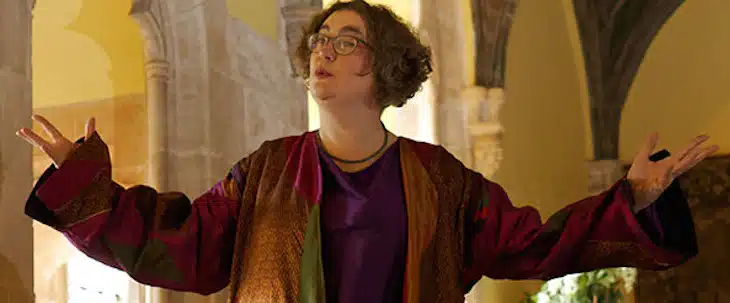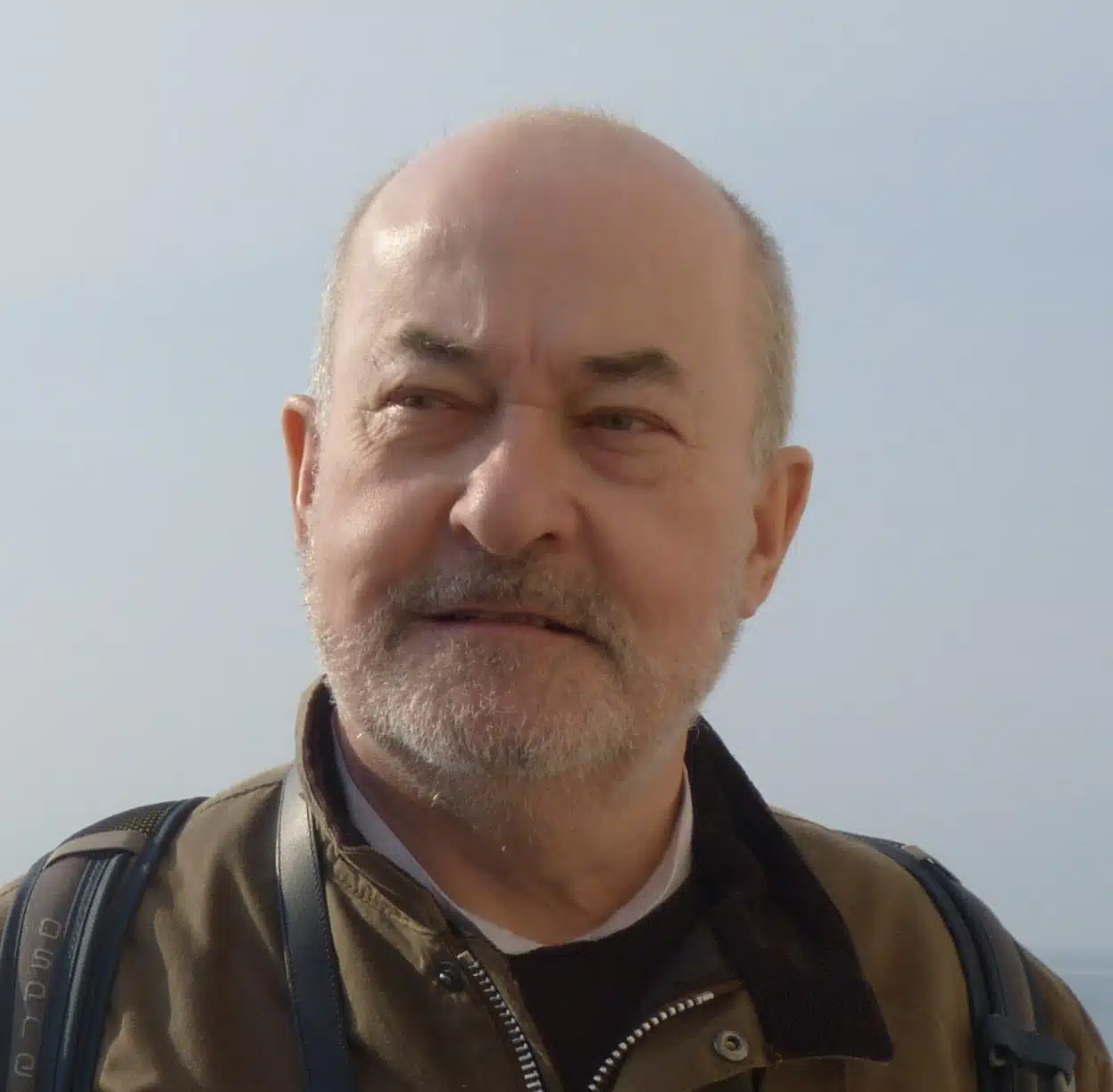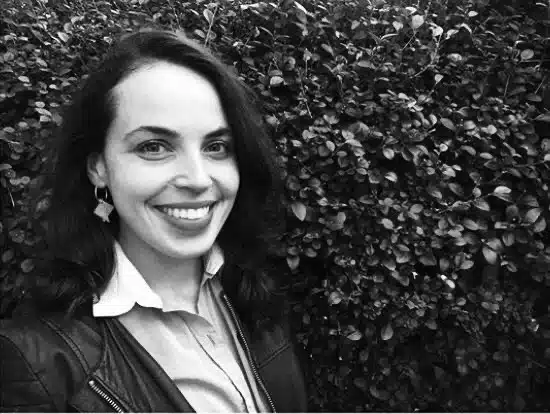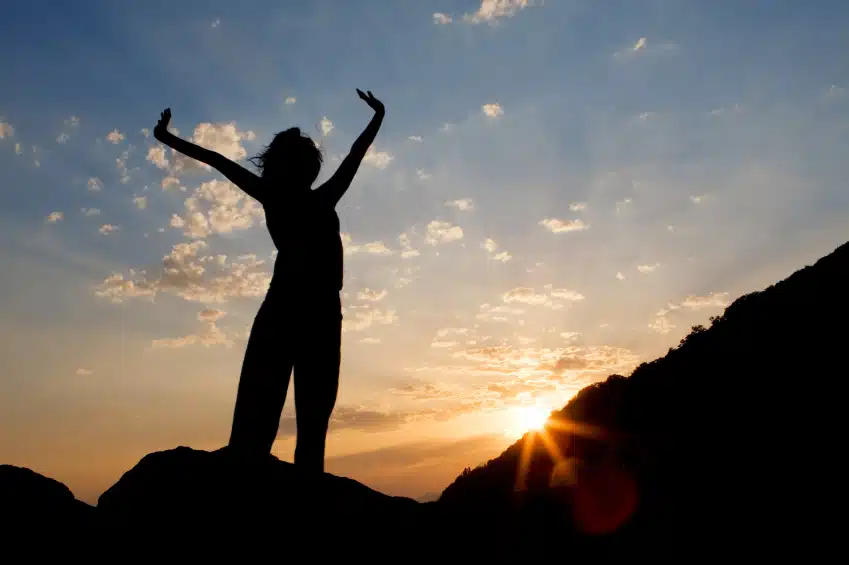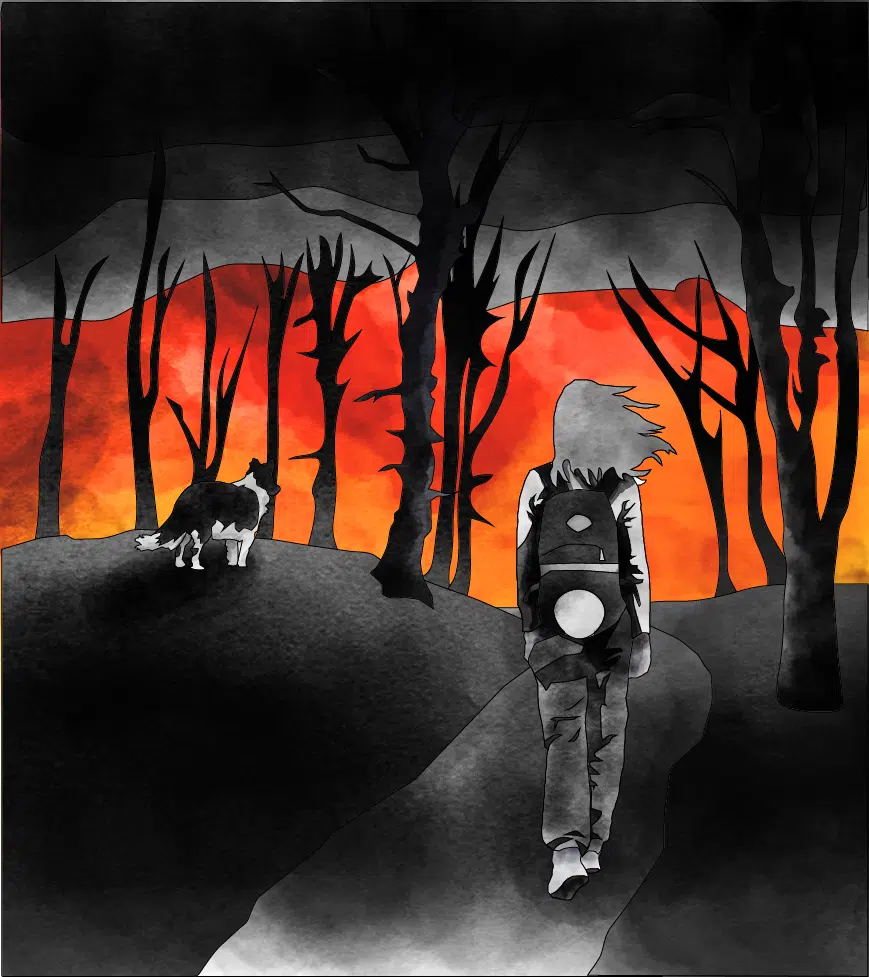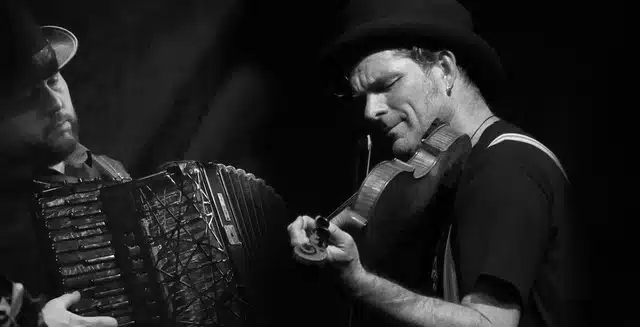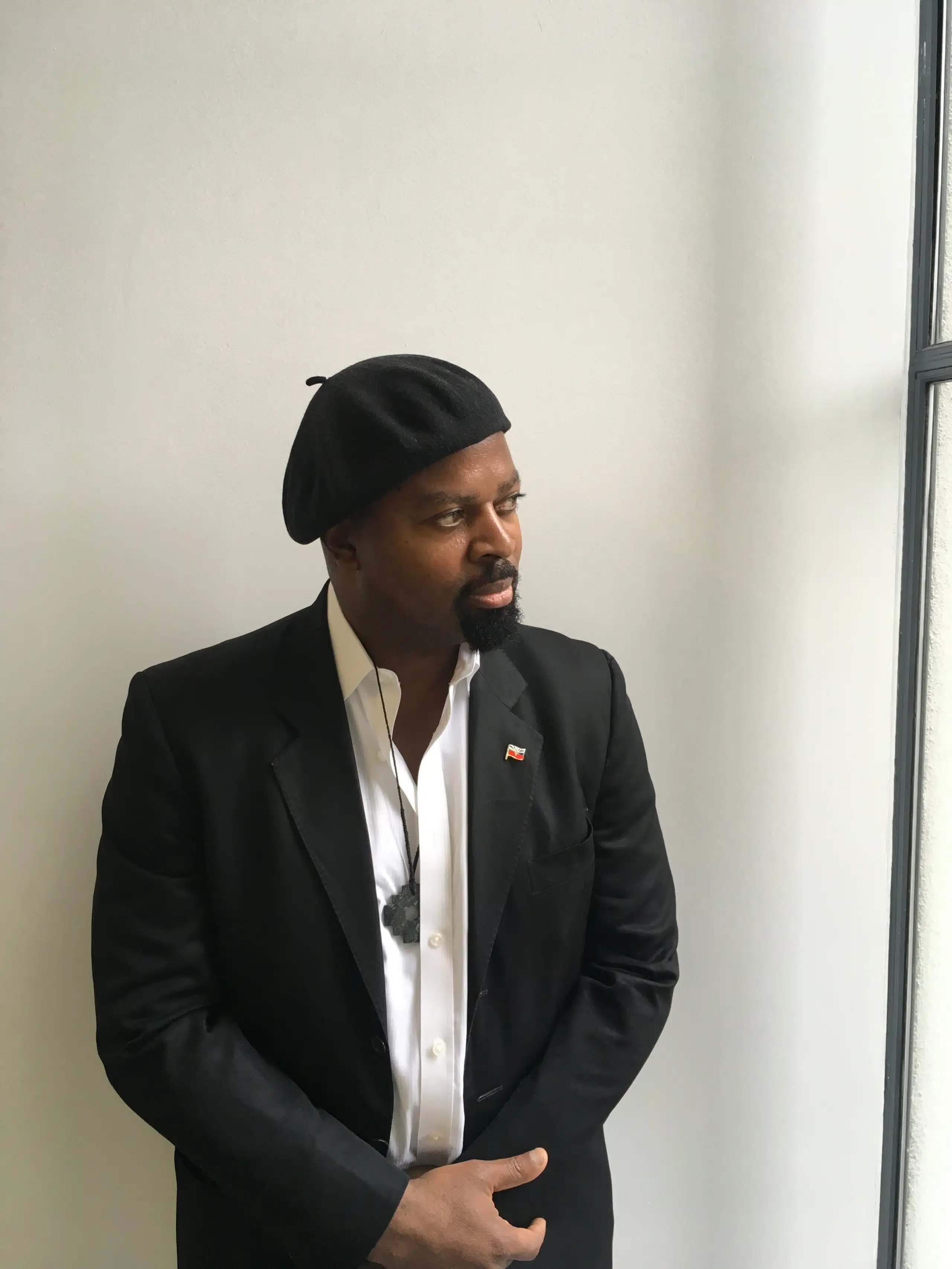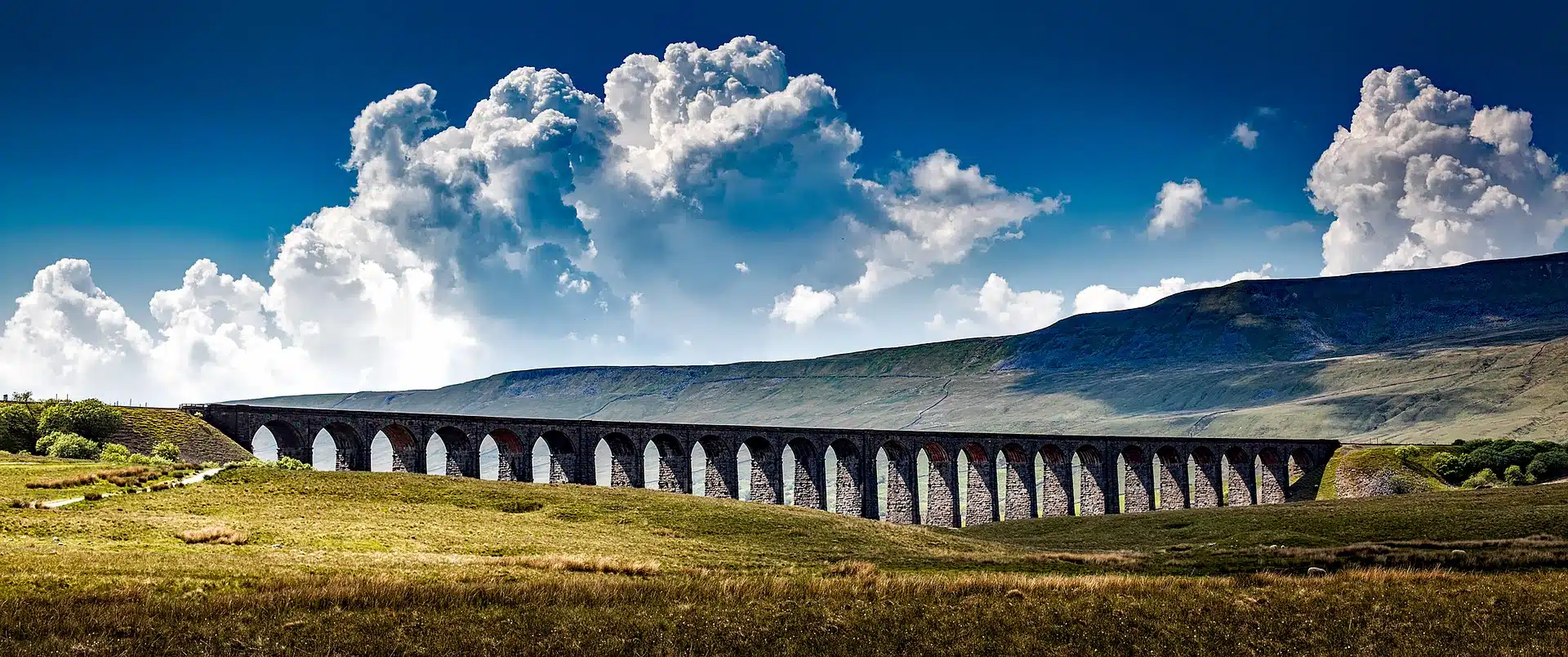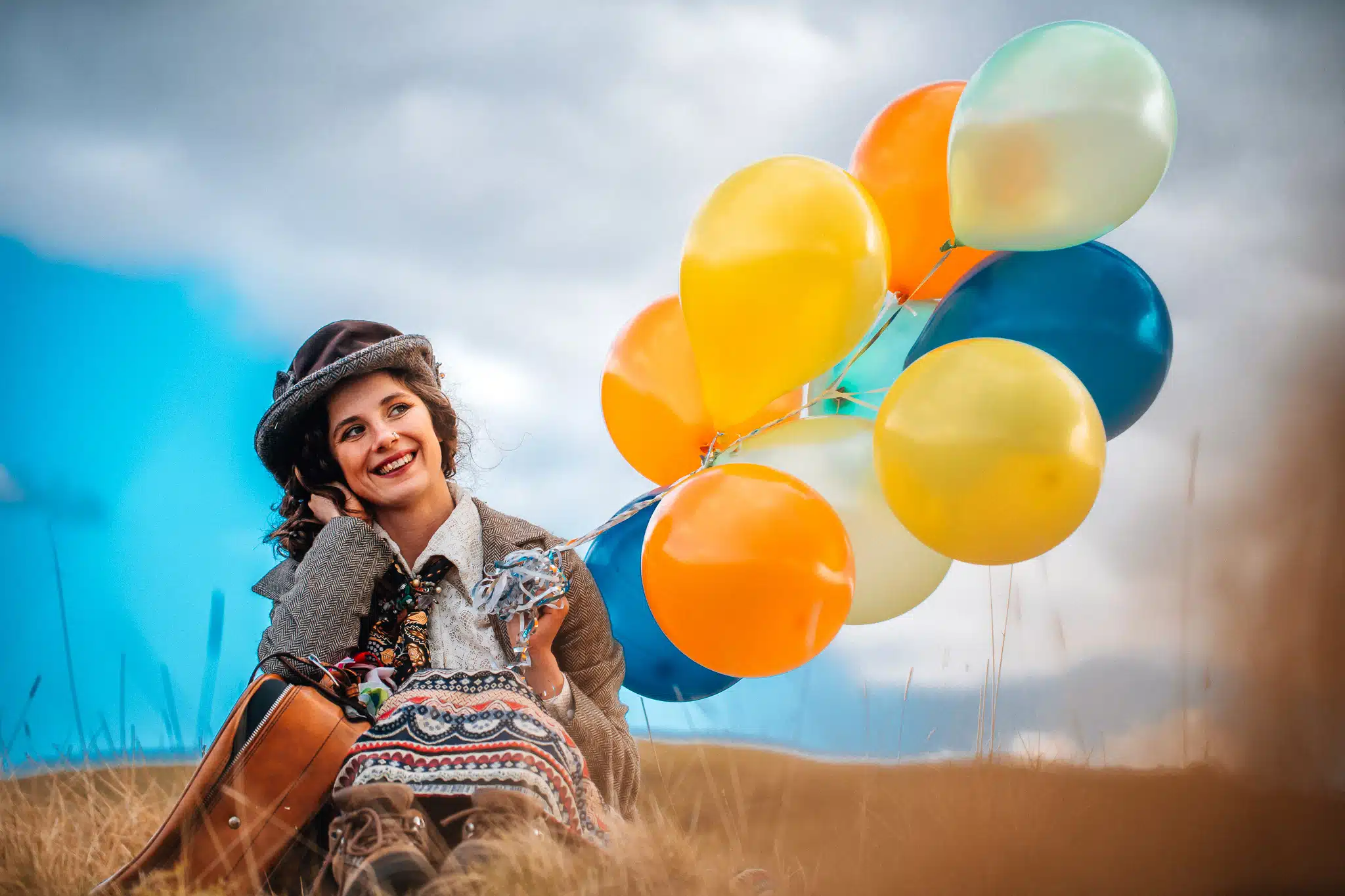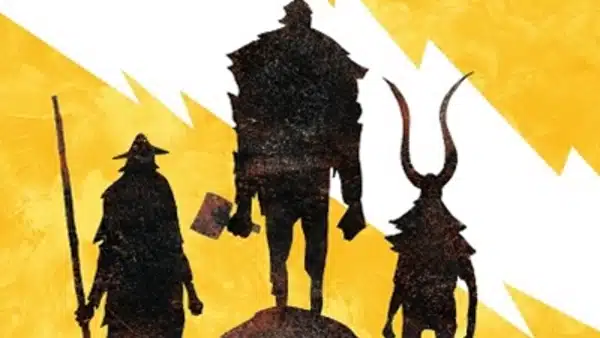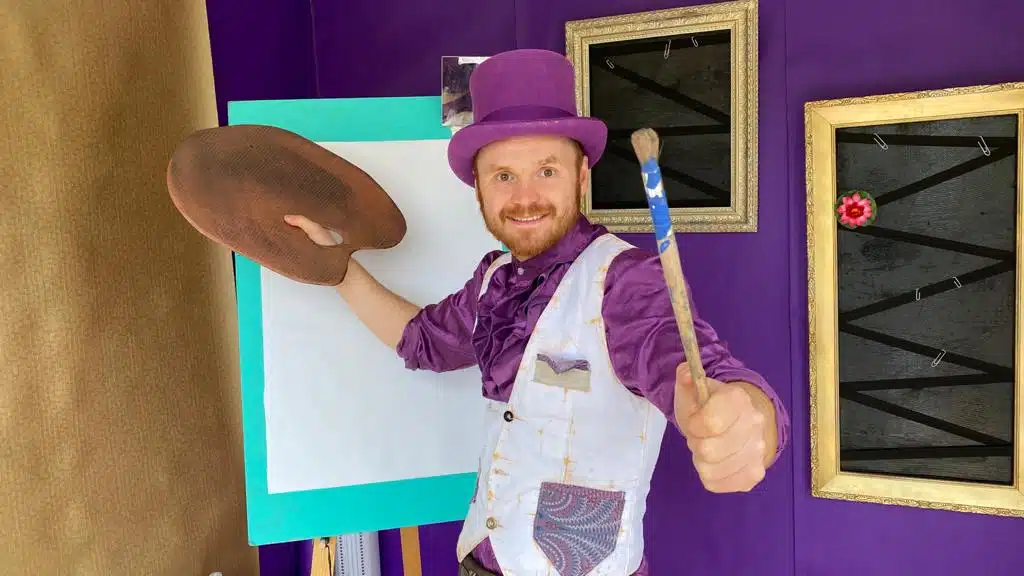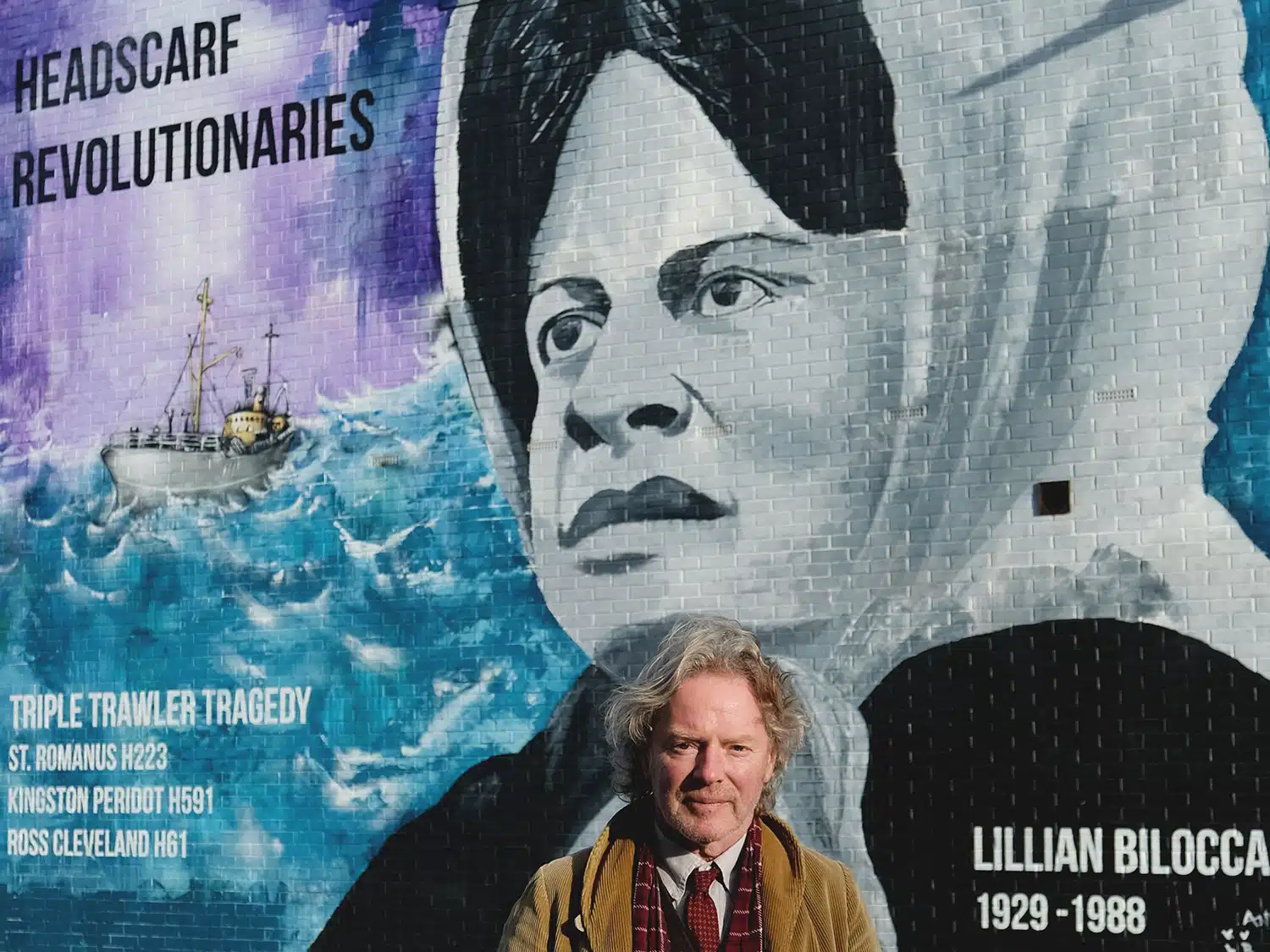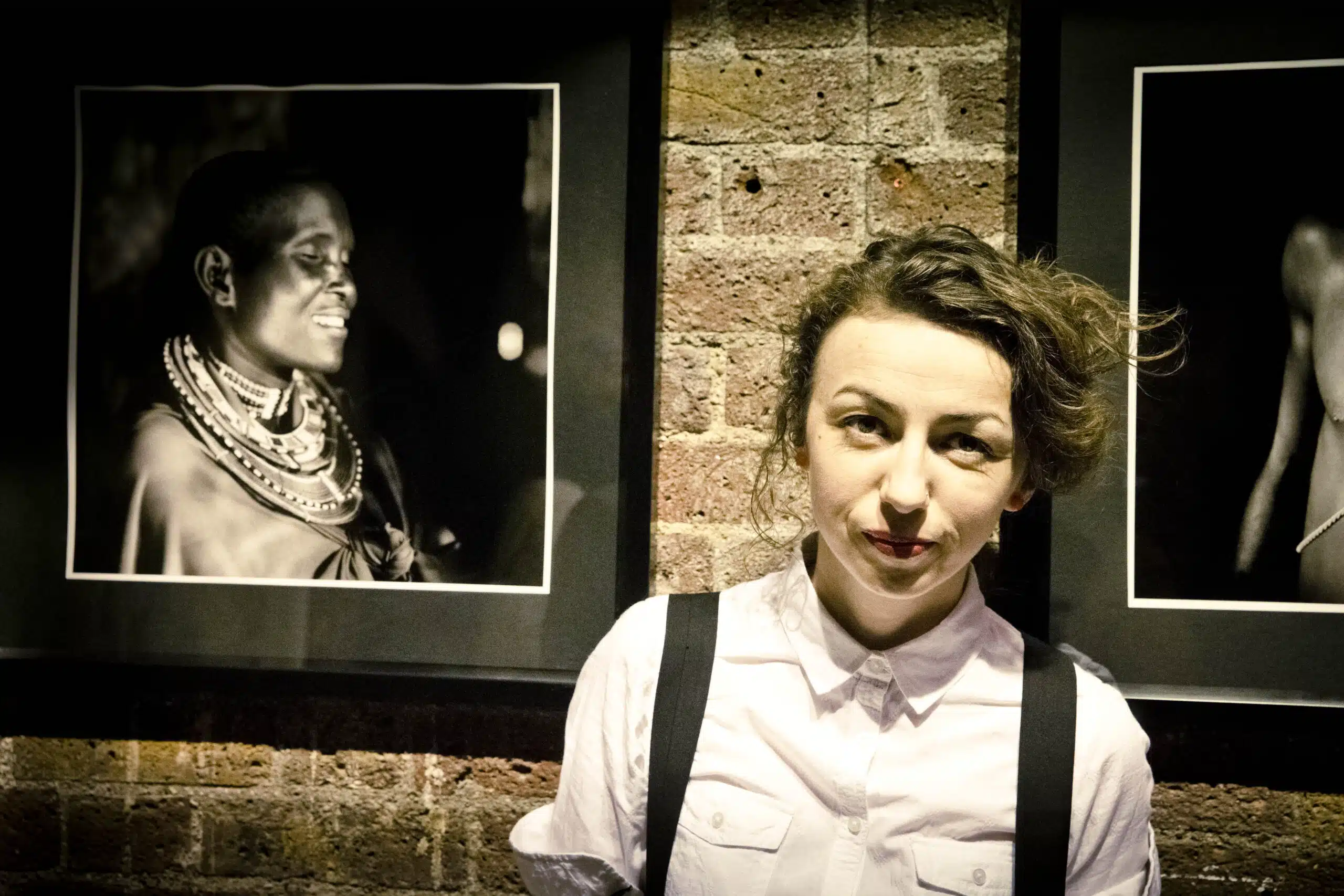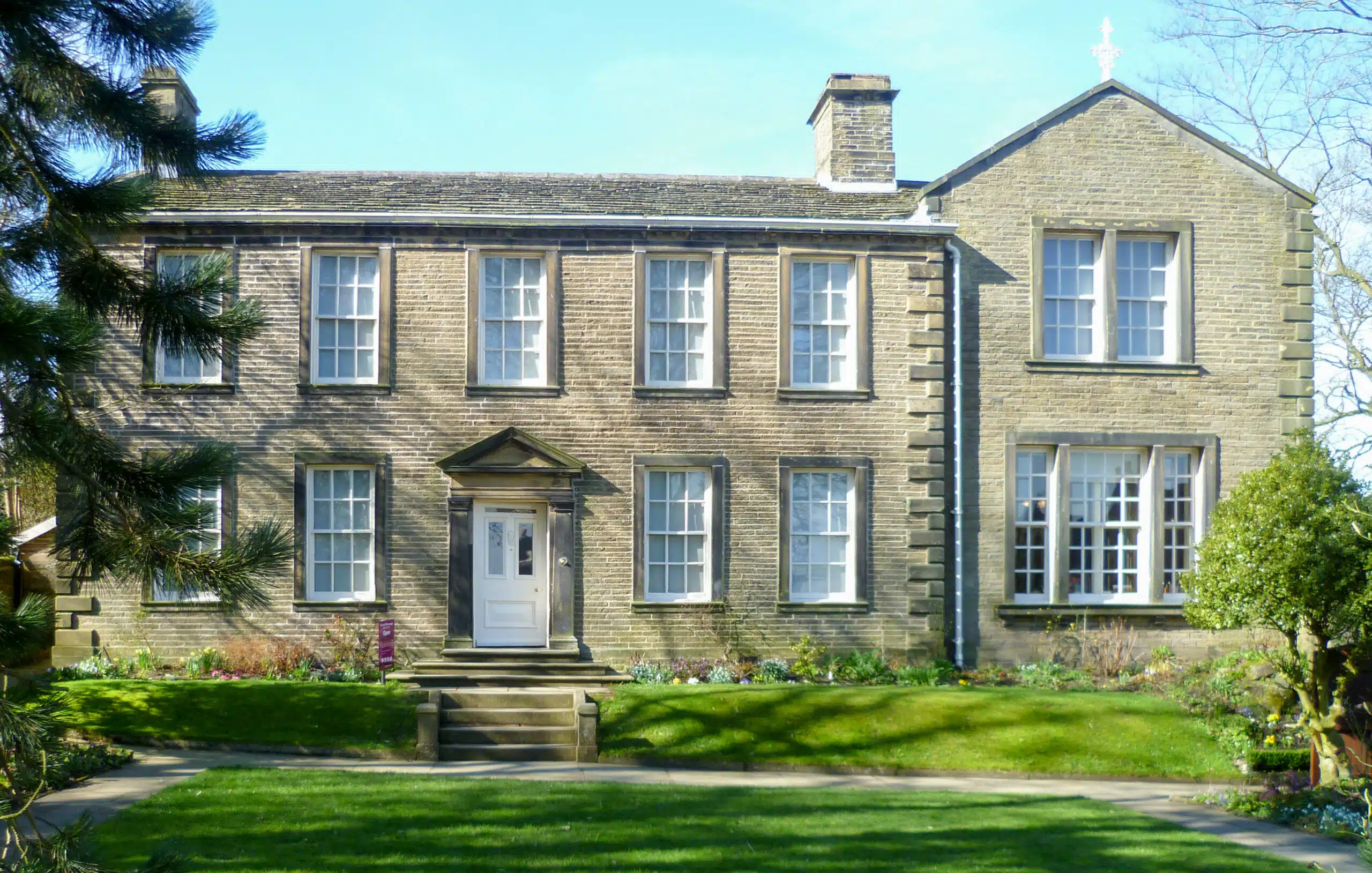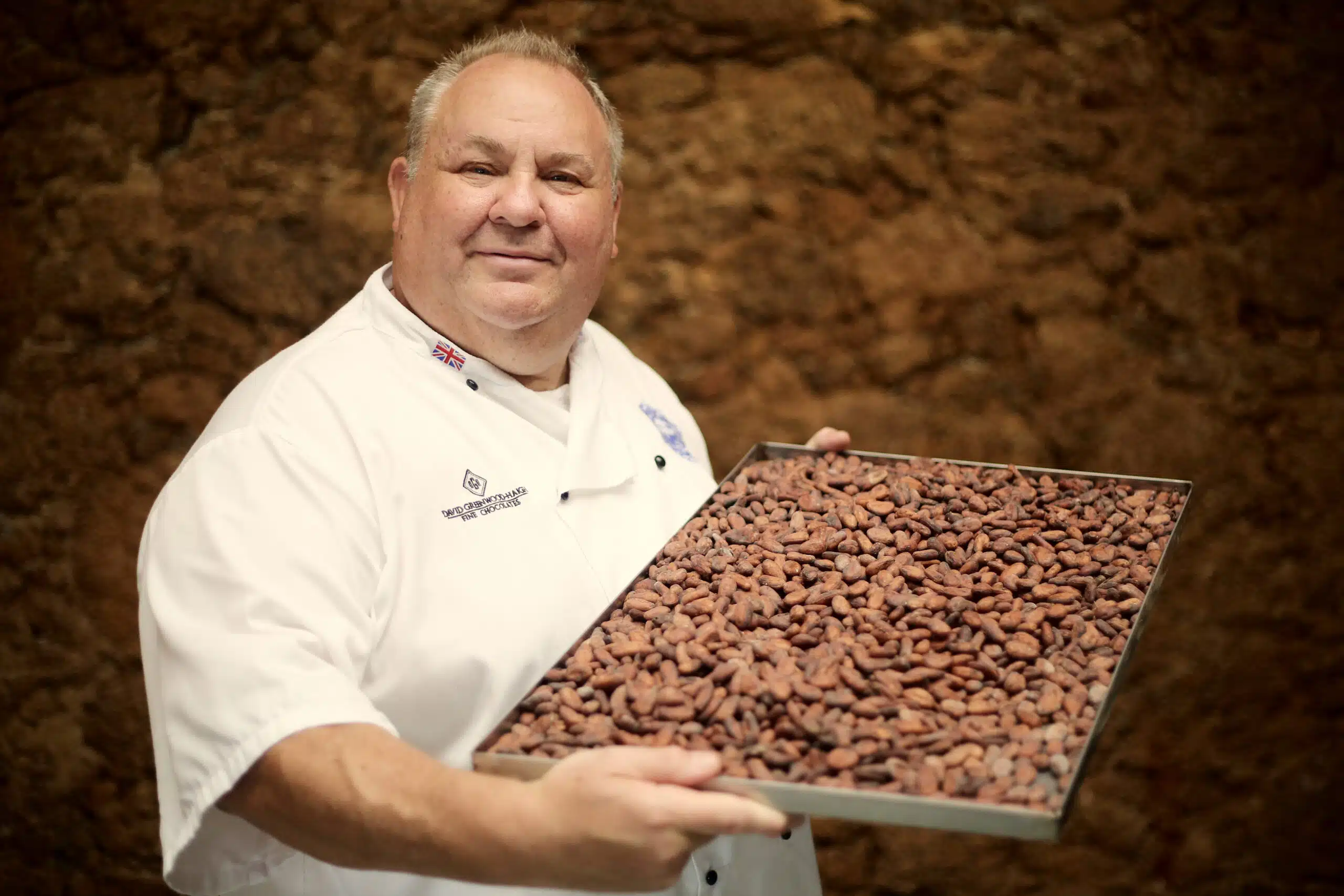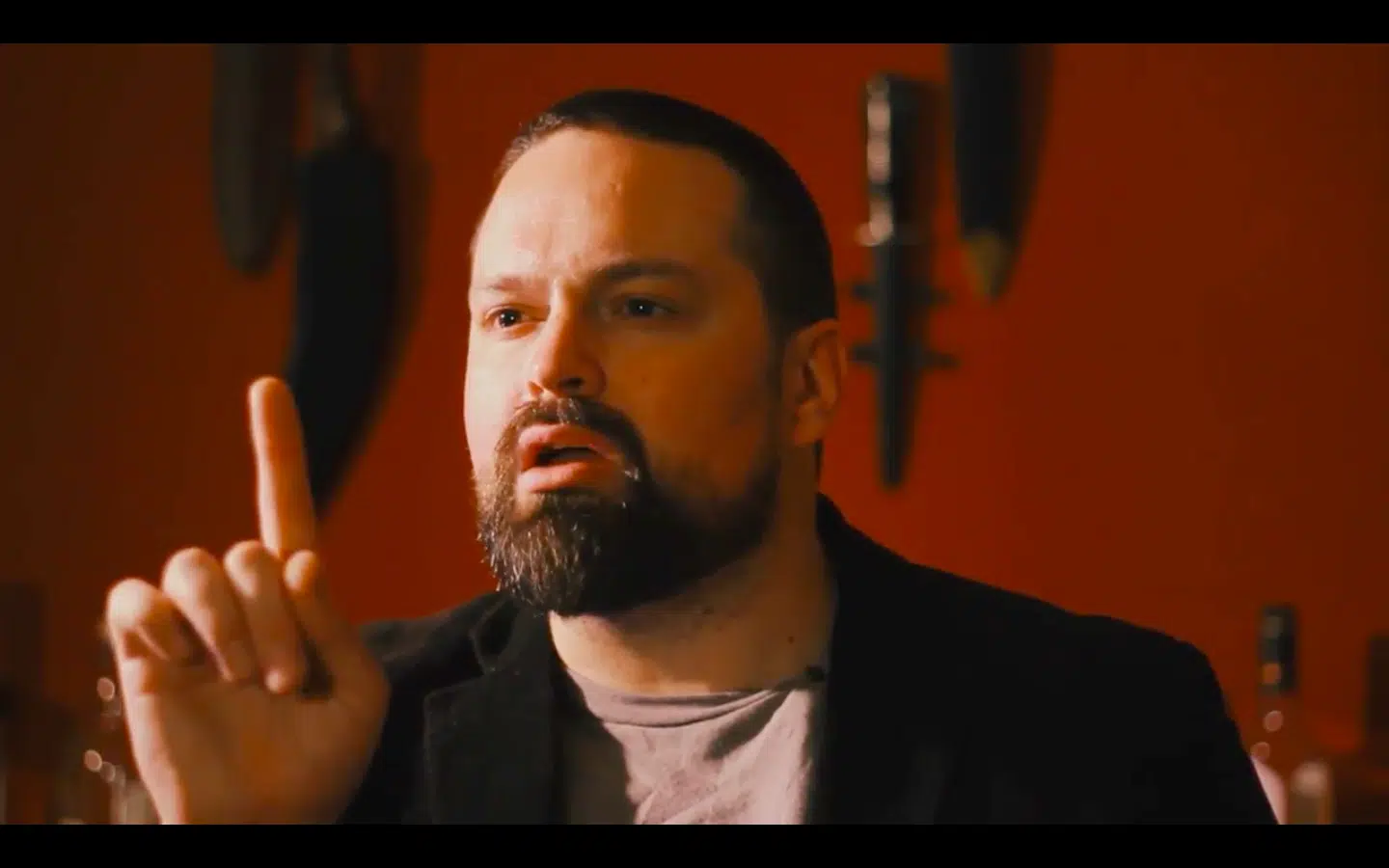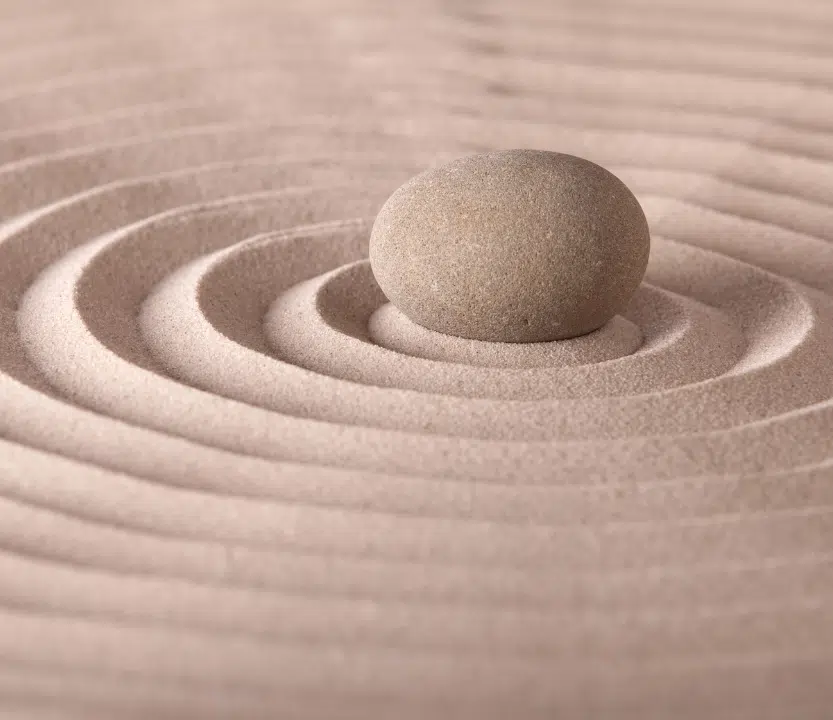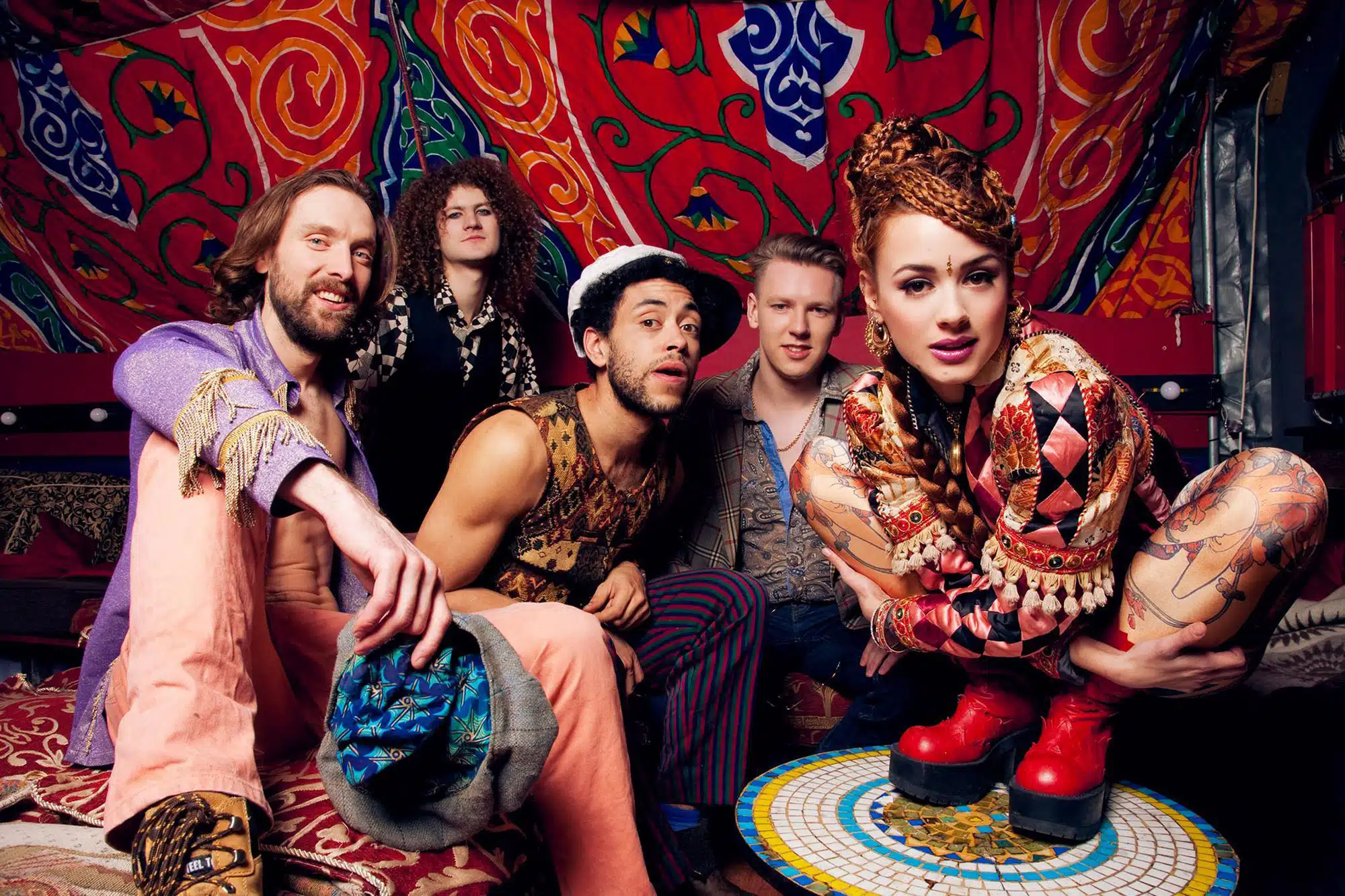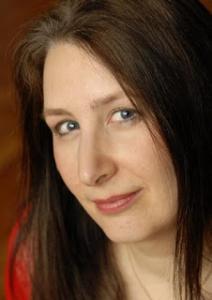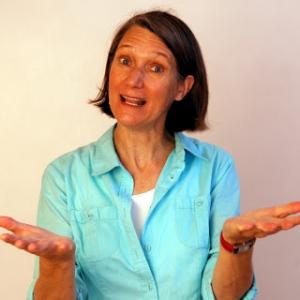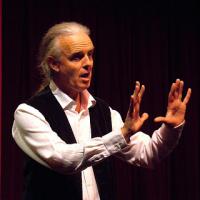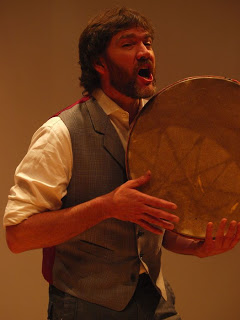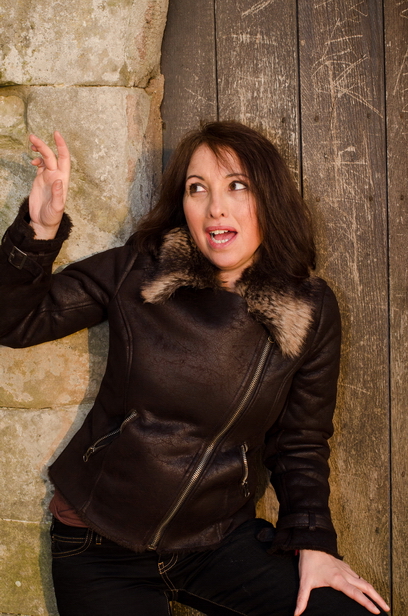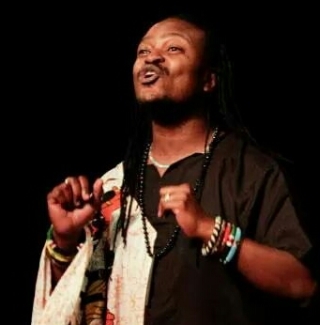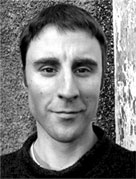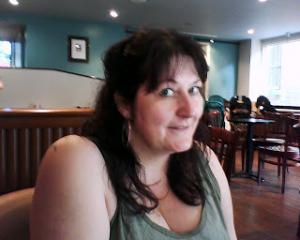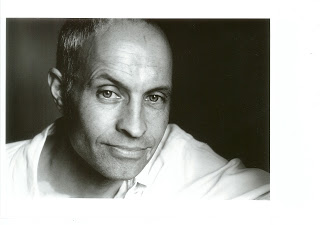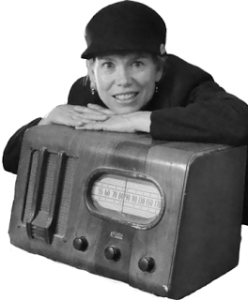How did your life is a storyteller begin?
My life as a professional performer began when I fell off the trapeze over 30 years ago! I had always wanted to fly, so when a circus convention came to town I signed up for a course on the flying trapeze.
Unfortunately I am the worlds worst flying trapeze artist, but on the course I met Frankie Anderson – an inspirational teacher, who introduced me to the wonderful world of physical theatre, dance, circus …. and storytelling.
However, my personal background in storytelling comes from my father and his family, of Gypsy Heritage, who have always told stories for over 100 years of living memory.
I grew up, not only listening to stories, but also having my stories listened to, by all the adults in our extended family, which is a great way for any child to grow in confidence their sense of creativity and culture.
What can schools expect to see from your virtual performance?
Schools, nurseries and preschools can expect to see (and join in with) an interactive storytelling performance of a fabulous folktale from Bolivia, brought to life by an amazing range of textile props created especially for the show.
The story is designed for EYFS so will be told in a way that fully engages very young audiences – using sound, song, rhythm and repetition to make the story easy to participate in. Wherever and whenever you are in the world.
The story blends fact and fiction about our Moon and – at the end of the show the children will see a real piece of the Moon!
Before I ran away to the Circus, I was training to be a scientist, working as a researcher in the field of inclusion. My background is in Psychology, and what I love is exploring ways in which storytelling can communicate something that might seem complex, in a simple accessible way, for all children of all ages to engage with.
Also, I really love science! Science is the world around us, and I love learning more about the beautiful Earth on which we live. I have been privileged as a Storyteller to travel to many lands and to learn so much about our world which I can share through my stories.
Absolutely! My research project, We Share the Same Moon, has shown this. Over the last three years of working with schools around the UK and overseas, telling stories is a fabulous way to introduce new concepts of science to children. Once they have told a story, teachers can use the resources on the website, to build the children’s knowledge and understanding.
It is of course the story that sparks that curiosity. It is the story that prompts them to ask “why?”
“The story provides a hook upon which we can hang a lesson”.
In 2015 you joined us at Settle Stories ‘Star Party’.
Did this event inspire your love of storytelling and linking with science?
Absolutely – it changed my storytelling career completely.
I was introduced to the work of Lynn Moroney, a Native American Sky-lore Storyteller, who has spent the last 40 years championing the use of Native American folktales in science education. As a result, I got to meet Lynn and to work with her. She has a diagnosis of dementia, and was looking for someone to take on her work with science storytelling and bring it to a global audience, which I promised her I would do. Fly Me to the Moon is the result! (Oh and I got to work with NASA, a childhood dream, but that’s another story…)
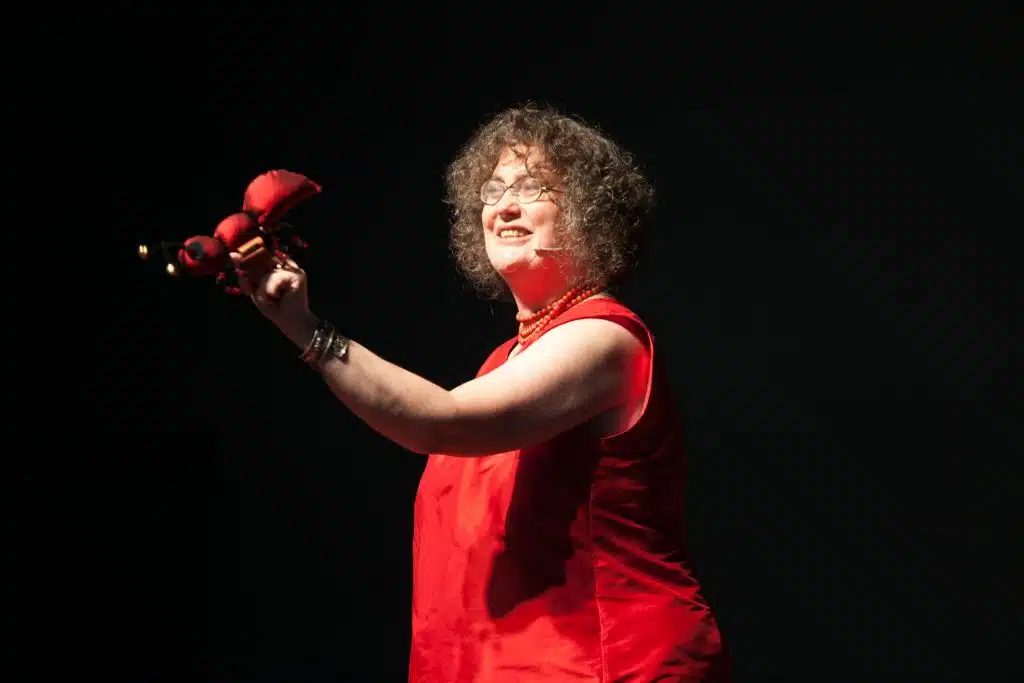
You have travelled the World telling stories, what has been your favourite place so far?
I think my favourite place is Danum Valley, on the island that used to be called Borneo, a part of the ancient rainforest that has been saved from destruction. To see Orangutang, Elephants, Monkeys, Otters and even Crocodile in their natural habitat was a trip of a lifetime. Plus – like my Great-Aunt who went up the Amazon as a nanny to a Cartographer’s family, I got to tell stories in the rainforest. What can be worth more than that?
What is it about live storytelling that you love the most?
Storytelling is unique, I think, as a performance tradition, because it is something that you do with an audience not at an audience. Storytelling doesn’t need a building or a room or a stage to take place in. Storytelling can and does take place anywhere. I’ve told stories to audiences of thousands at a temple in Kathmandu, in the middle of the outback in Australia, and beneath the stars in the Yorkshire Dales.
How has the lockdown affected your storytelling techniques?
What I love about online storytelling, is it’s intimacy and immediacy. Online storytelling has brought people together in a way that’s not been done before, I can tell a story with school children in Gaza, together with toddlers in Italy, and together with teachers in Mexico at the same time. Storytelling is truly a borderless art form.
How do you prepare a performance?
Fly Me to the Moon is unique because it was created collaboratively with a wonderful Textile Artist, Moraig Hewitt – who I have never actually met!
We have worked virtually, to plan each sensory element of the story and design props to suit. As we are both Scientists, we have woven together the science with the story. We have both thoroughly enjoyed our pilot performances with Dorset Children’s Foundation and Hands Up Project in Palestine.
We could not have done this performance without the help of Owl Sanctuaries around the UK who have donated feathers for our “Owl”, funding from Craven District Council to make Fly Me to the Moon and of course Settle Stories without whom I would never have discovered the joy of being a Science Storyteller!
And Cassandra we are certainly glad you did!
Cassandra will be performing ‘Fly Me to the Moon’ for EYFS pupils (3-5 years old) to engage them with the curriculum through interactive storytelling. Introducing elements of Understanding the World, your pupils will explore the changing shape of the Moon, the surface of the Moon, night and day, animals and habitats. The event will take place live online on Wed 12 May but be available on catchup after that. The event is free (donations appreciated.)


